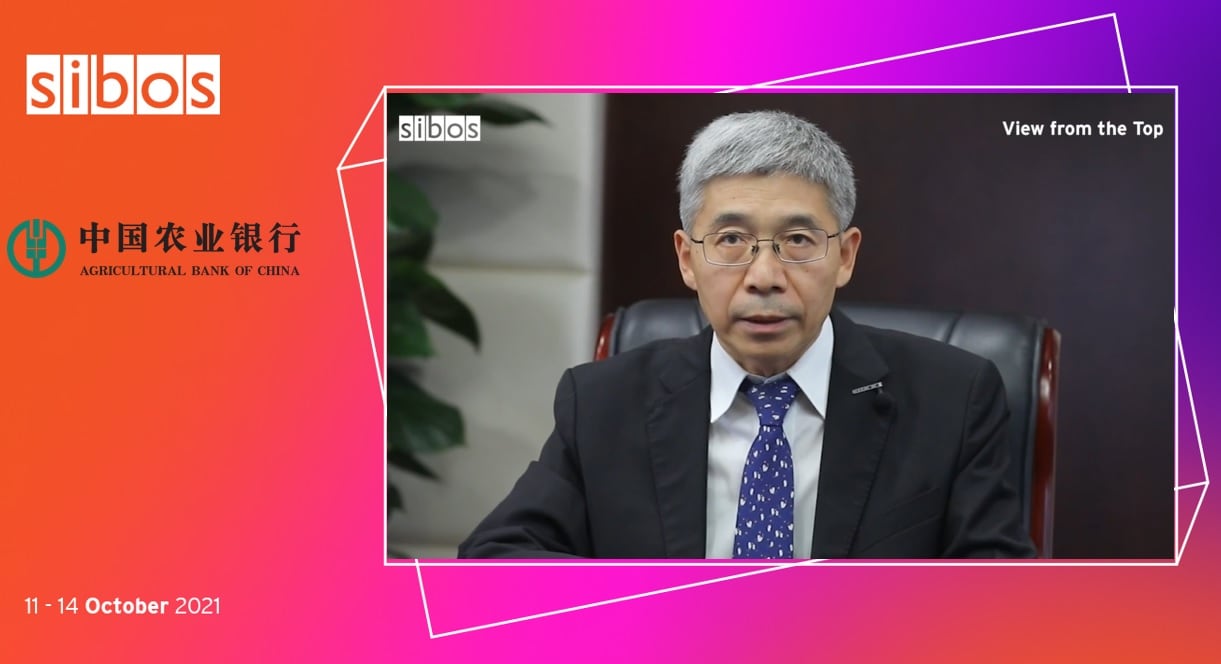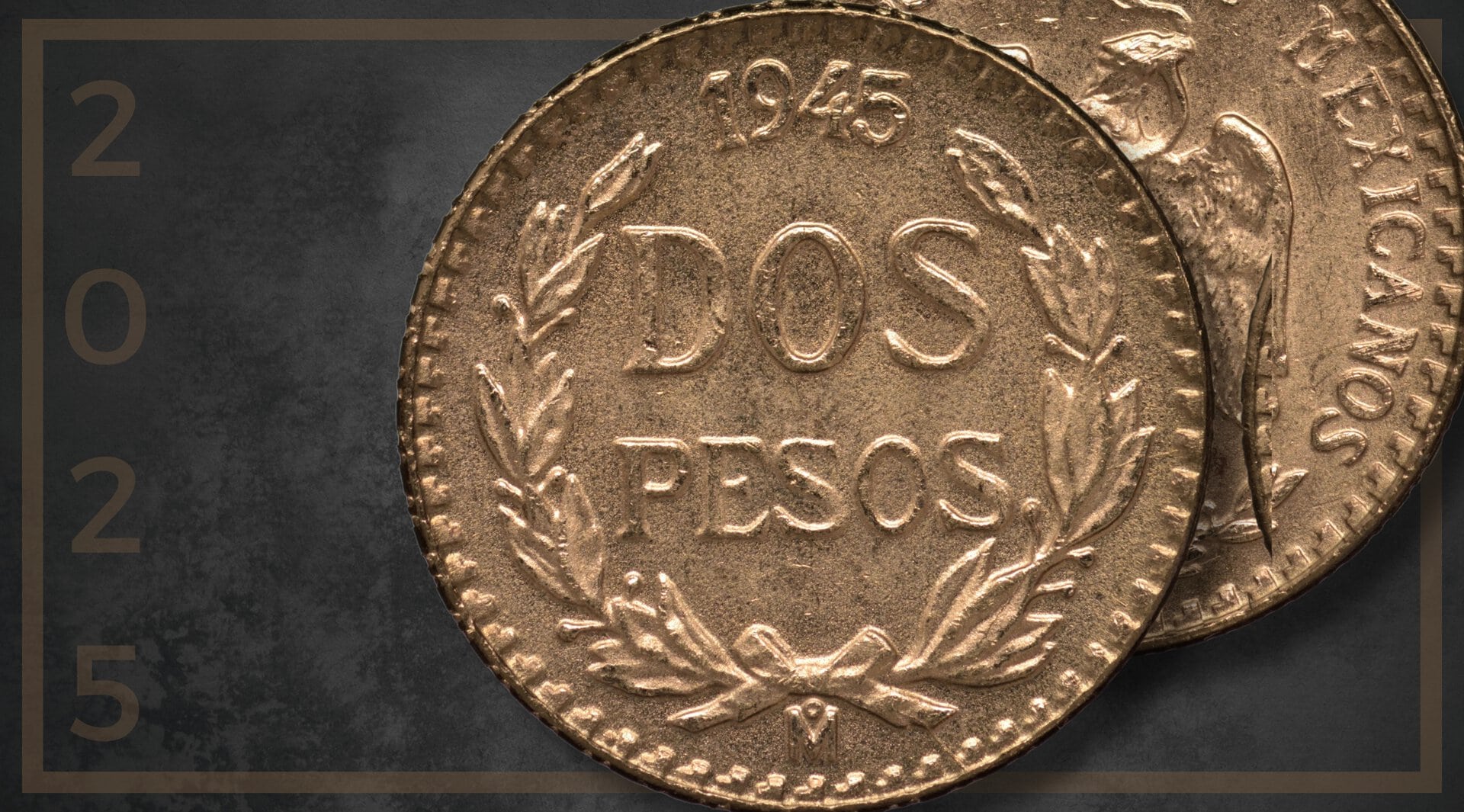China’s ‘Big Four’ banks include the Industrial & Commercial Bank of China, the China Construction Bank, the Bank of China and the Agricultural Bank of China. Together they have a reported combined asset value of $17.321 trillion. The CEO of the Agricultural Bank of China, also known familiarly as ‘ABC’, headlined the ‘View from the top’ talk on the last day of this years’ Sibos. Recharging or empowering finance were topics he was delighted to explore with Sibos attendees.
The reality of universal digital cash gets closer. In Beijing, the Agricultural Bank of China uses more than 3K ATMs to convert digital yuan into cash. https://t.co/TNW0Di2Ua1
— Cointelegraph (@Cointelegraph) June 19, 2021
In many ways, the Agricultural Bank of China is leading innovation in China. The bank is a critical part of Xi Jinping’s plans too, which are reflected in the banks’ 2020 Annual Report:
“Xi Jinping, general secretary of the Central Committee of Communist Party of China, stressed that the 2021 would be of extraordinary importance to China’s modernization process. Also, he emphasized the need to remain sensitive to changes, respond to them with well-judged actions, be ready to adjust the approach when necessary, and create new opportunities out of crises and open up new prospects in changing circumstances.” Gu Shu, Chairman of the Board of Directors at Agricultural Bank of China shared in his ‘Statement’ this year.
And it’s not just the uniqueness of how the Bank compliments the policies of the Chinese Communist Party that is of particular interest here. 0.36 billlion registered customers have access to the banks’ mobile app. Is there a banking app with more users on it in the market today? Or any financial app for that matter?
The Chinese Banking industry
Zhang Qingsong, current President of the Agricultural Bank of China, has only been with the bank for a few years. He gained the majority of his experience having spent 28 years at the Bank of China.
Qingsong commenced his talk at this year’s Sibos by sharing how he believed that “empowering finance with digital technologies to best serve the economy becomes a focus for the global financial industry.”
He believes that as COVID-19 still lingers, it is important “for financial institutions to play a greater role in supporting the recovery of the world economy through the use of new technologies, new methods and new models.”
Qingsong highlighted how he wanted to “focus on practices of the Chinese banking industry in empowering rural finance with digital technologies,” in his talk. He believes that rural communities could have benefited greatly from financial services, but that their needs have not yet been met.
Digital Infrastructure
“Ensuring their financial inclusion [rural communities] could enable well distributed, robust and sustainable economic growth. And, unlock the considerable economic potential of rural areas.” Qingsong shared. “Rural development has always been a focus of China’s national strategy.”
Qingsong went on to explain how residents in the Chinese countryside are scattered across vast areas, making it difficult for financial institutions to achieve full coverage. He highlighted how “the development of a technical infrastructure in China has created favourable conditions.” He explained how 98% of China’s villages are connected to optical fibre and a 4g network. Highlighting this with visuals:
Connectivity, Digital Infrastructure, Mobile Apps and a commitment to provide further digital services with Qingsong Zhang, President, Agricultural Bank of China pic.twitter.com/OuLF2BRTwk
— #DisruptionBanking (@DisruptionBank) October 14, 2021
“The digital divide between the urban and rural areas, has narrowed significantly,” Qingsong summarized.
Qingsong leads a bank that, according to Statista, offers services to over 500 million people living in rural areas. More than a third of the population of China.
“We have made tremendous efforts [ABC] to form a multi-channel system, including physical network, mobile banking, internet banking and so on. We have set up more than 22,000 physical outlets. The most extensive physical network, covering the most remote areas of China.” Qingsong explains.
Addressing Financial Difficulty
People in many parts of rural China are paid substantially less than their urban counter-parts. Some estimates, as well as Chinese government data, show salary levels at below $5,000 per year, well below $500 per month. President Xi Jinping has been tackling this issue since 2016 when Beijing devoted $83 billion to support the country’s poor.
Qingsong explained how, to address these issues: “The Chinese banking industry employs new technologies such as big data and the internet of things, to gather and integrate information. And, created new data-driven business models to meet the financial and non-financial needs of farmers and enterprises.”
He explained how the bank had launched new credit products for farmers. How the new model benefits over 3.45 million clients in the countryside.
“As agriculture becomes more industrialised, our bank introduced industrial chain financing products. Through information exchanged with e-commerce platforms, trading markets and the leading agricultural businesses. Providing automatic and convenient online financing services.”
However, the bank have no intention of stopping their plans to digitise. Further micro-credit products are planned as well as other technologies to help improve the adaptability of financial services along the industrial chain.
The bank has also been optimizing Open Banking services through digital scenarios. Qingsong explained how Open Banking services continue to penetrate the countryside.
Risk Management
Both in the bank’s 2020 Annual Report as well as during the talk at Sibos, risk management had a prominent place.
“From practical experience, due to the high inherent risk of agricultural production. The overall risk of rural finance are relatively high.
“The Chinese banking industry is accelerating the development to design new intelligent risk control systems. To build a more important model-based decision-making with automatic monitoring. Our bank has established a digital risk control centre, and a central platform for monitoring credit risk.
Guiyang is utilizing #BigData technology to boost its agricultural sector and improve farmers' incomes. For example, #tea farmers collect data on temperature and humidity using a monitoring system, which helps produce a better quality crop in a favorable environment. pic.twitter.com/Ux20FDaVU7
— Big Data Expo, China (@BigData_China) April 14, 2020
“For example, we use blockchain to record and verify the authenticity and the uniqueness of agricultural information. We use remote sensing for agricultural data collection and production monitoring. We use Internet of Things to build a livestock monitoring system.”
Summarizing Qingsong explained how he believed “that with the increasing application of Fintech in the role of finance, we can better control risks and make business more sustainable.”
Finally, he shared how he believed that we must “strike a balance between innovation and business growth.”
The presentation and approach to the challenges China is facing in their banking industry was very refreshing. Many viewers may have tried to find the bank’s Annual Report, laid out clearly and in line with what one expects from the G-SIBs.
Ultimately, Qingsong has a huge task to complete in his bank, and he isn’t shy in admitting that there is still much to do. Scale often leads to efficiency. And, scale is something that the Agricultural Bank of China certainly has plenty of.
For more stories about China, keep following #DisruptionBanking. Because, we are following the Banks.
Author: Andy Samu
#RuralFinance #AgriculturalBankofChina #DigitalTechnologies #InternetofThings #CreditRisk #RiskManagement #DigitalInfrastructure #OpenBanking #ChineseBanking
















